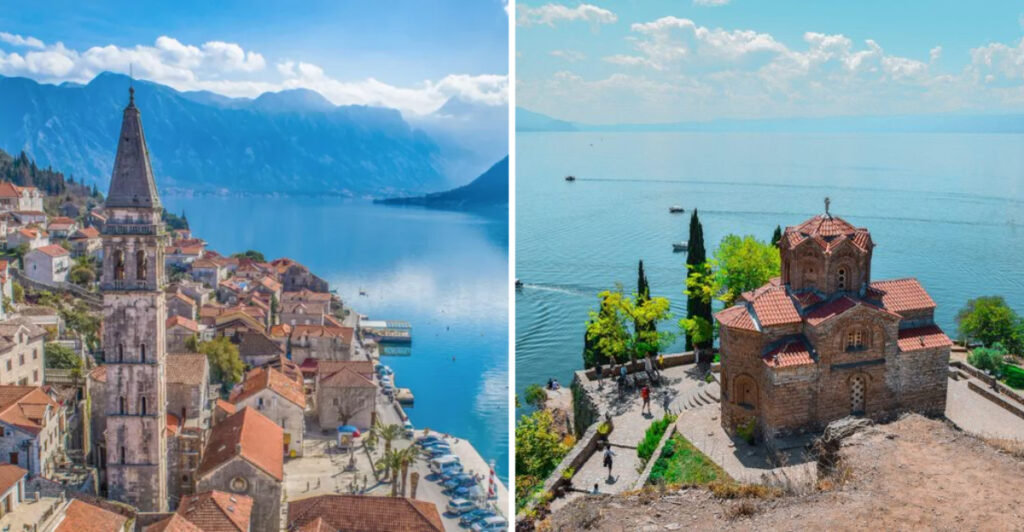This blog post explores the economic challenges faced by Europe’s 15 poorest countries. Some of these nations may be unexpected, but each one has its own unique story. This article delves into the factors contributing to their low economic status, offering insights into the socio-political and historical contexts that have shaped their current situations.
Moldova
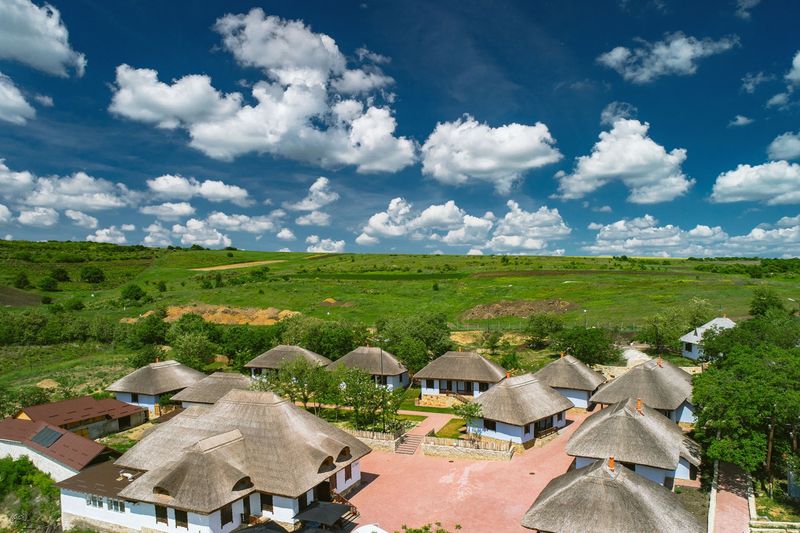
Nestled between Romania and Ukraine, Moldova is often overlooked, yet it holds a charm of its own. The rural landscapes and traditional villages paint a serene picture, but beneath lies a struggling economy. With agriculture as its backbone, Moldova faces challenges like outdated infrastructure and limited markets.
What makes Moldova unique is its rich cultural tapestry woven from Romanian, Ukrainian, and Russian influences. This cultural blend, however, contrasts sharply with its economic struggles, as many Moldovans seek work abroad, sending remittances home. Despite the hardships, the spirit of resilience is evident in its people.
Ukraine
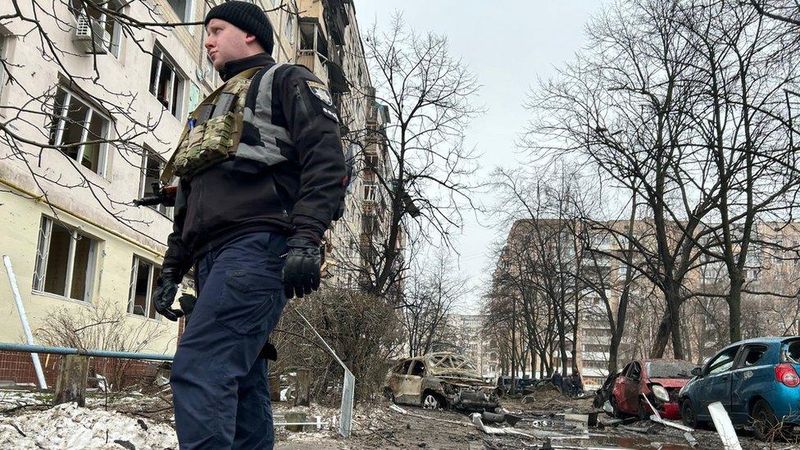
Ukraine, known for its vast farmlands and rich history, stands at a crossroads. While Kyiv showcases modern advancement, rural areas tell another story. Economic instability has been exacerbated by recent conflicts, impacting everyday life.
Yet, the resilience of Ukrainians shines through, even in adversity. The strong sense of national identity and pride binds the people together, driving efforts towards recovery. Ukraine’s potential lies in its educated workforce and natural resources, promising a brighter future despite current challenges.
Kosovo
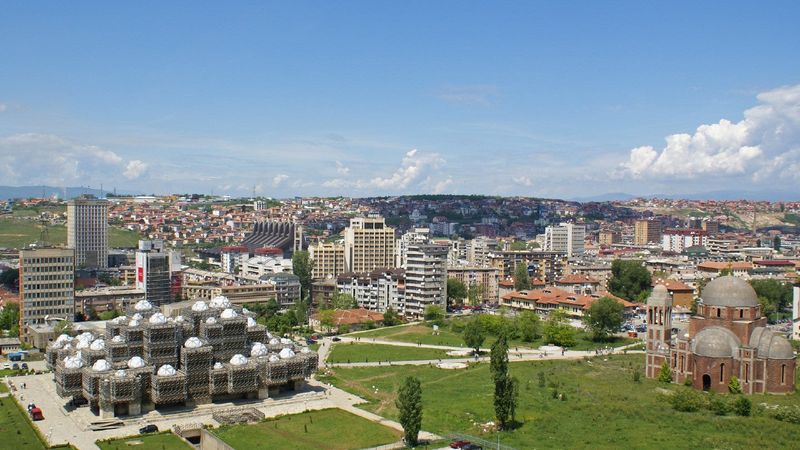
Kosovo, the youngest nation in Europe, is still finding its footing. Declaring independence in 2008, its journey has been marked by economic hurdles and striving for international recognition.
The heart of Kosovo lies in its youth, eager to drive change and innovation. The lively markets in Pristina reflect a blend of tradition and aspirations for a prosperous future. Despite high unemployment rates, there’s a palpable sense of hope and determination among the people to create opportunities and pave a path towards growth.
Albania
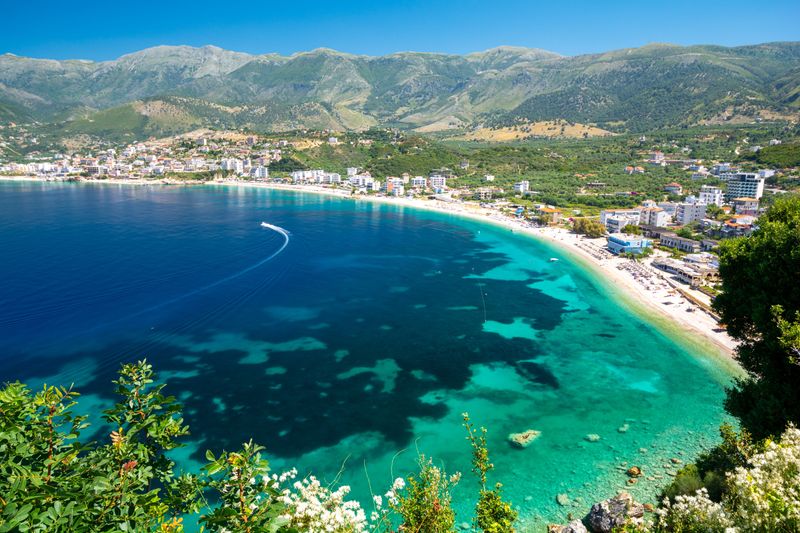
Albania, with its stunning coastlines and rich history, is often described as a hidden gem. However, beneath its natural beauty lies an economy striving to catch up with its neighbors.
The transition from a communist regime to a market economy has been slow, with challenges in infrastructure and employment. Nevertheless, Albania’s potential is undeniable, bolstered by its youth and tourism sector. The country is gradually opening up to the world, offering a unique blend of natural beauty and cultural heritage.
Bosnia and Herzegovina
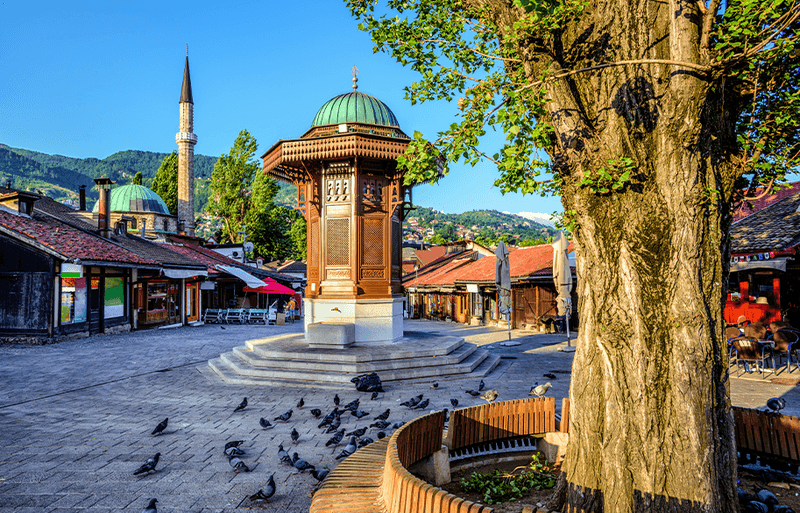
Bosnia and Herzegovina, where East meets West, is a land rich in culture and history. The scars of past conflicts are still visible, impacting its economic progress.
Sarajevo, the capital, symbolizes resilience and cultural diversity. However, political complexities and ethnic divisions pose significant obstacles. Despite these challenges, the nation’s vibrant cultural scene and stunning landscapes offer a glimpse of its potential for growth and unity. The ongoing efforts towards reconciliation and development are paving the way for a brighter future.
North Macedonia
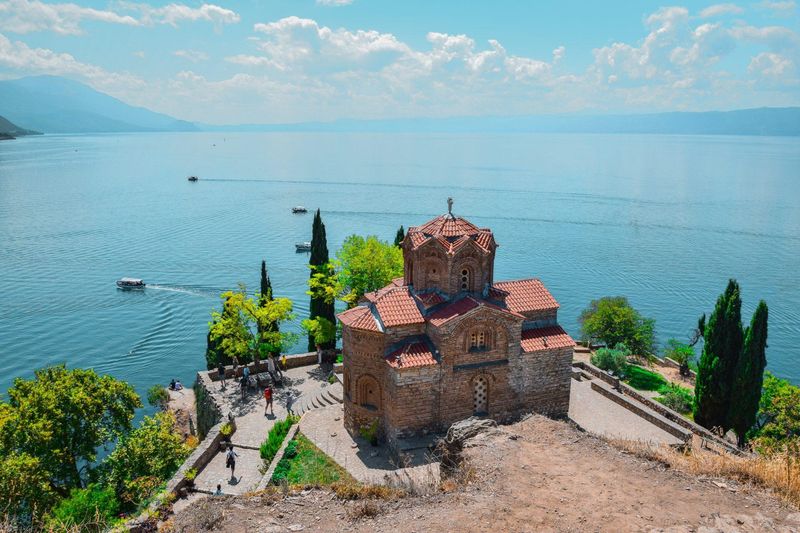
North Macedonia, with its scenic landscapes and deep-rooted history, is on a journey towards prosperity. Ohrid, a UNESCO World Heritage site, epitomizes its cultural wealth.
The country faces economic challenges, including unemployment and political instability. Yet, there’s a strong drive to reform and integrate into the European Union. The harmonious blend of tradition and modernity is evident in its efforts to improve infrastructure and foster economic growth, showcasing a commitment to a hopeful future.
Serbia
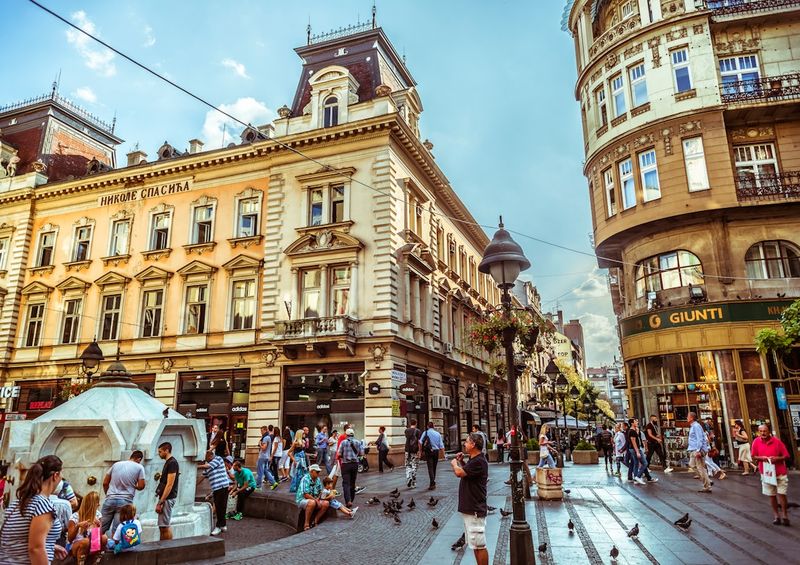
Serbia, rich in history and culture, is steadily charting its course towards economic stability. Belgrade, the capital, is a testament to its dynamic spirit and resilience.
Economic reforms are underway, aiming to address issues like unemployment and regional disparities. The country’s strategic location and skilled workforce are key assets in its growth journey. The fusion of historical charm and modern ambition in Serbia offers a compelling narrative of potential and perseverance.
Montenegro
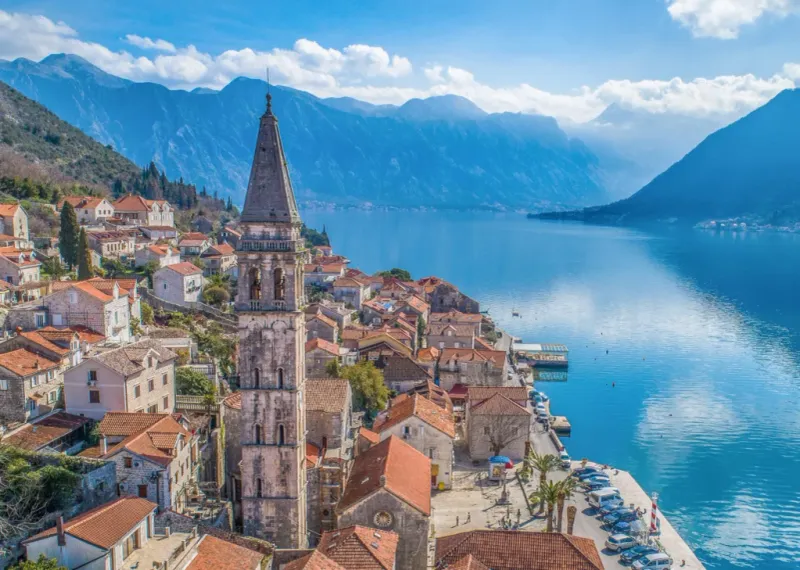
Montenegro, renowned for its breathtaking landscapes, is a country of contrasts. From the stunning Kotor Bay to the mountainous interior, it offers natural beauty alongside economic challenges.
The tourism sector is a significant contributor to the economy, providing a lifeline amidst financial struggles. However, the reliance on tourism also underscores vulnerabilities, necessitating diversification. With ongoing efforts to strengthen infrastructure and attract foreign investment, Montenegro is poised for gradual economic improvement.
Georgia
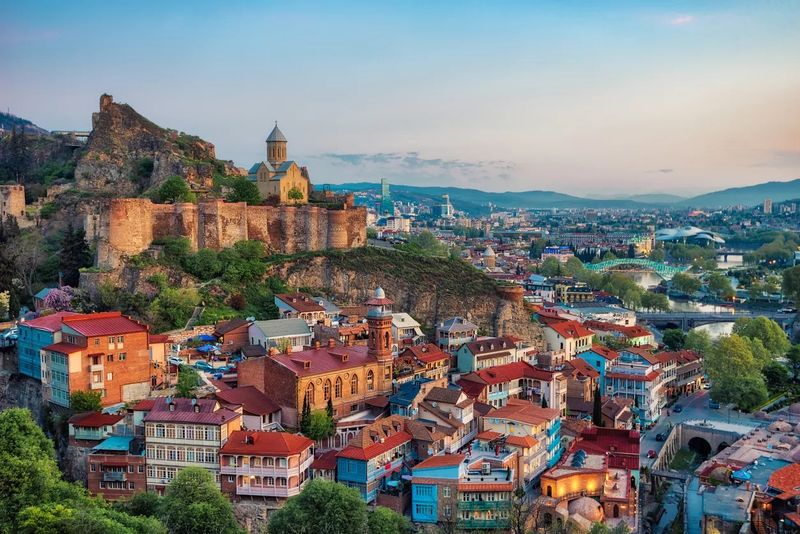
Georgia, at the crossroads of Europe and Asia, boasts a rich cultural heritage and stunning landscapes. Tbilisi, the capital, reflects its vibrant history and modern aspirations.
Economic challenges persist, with efforts focused on reform and development. The potential for growth is supported by a young, educated population and strategic location. Georgia’s commitment to innovation and integration with global markets highlights its forward-looking approach, aiming to overcome obstacles and achieve prosperity.
Armenia
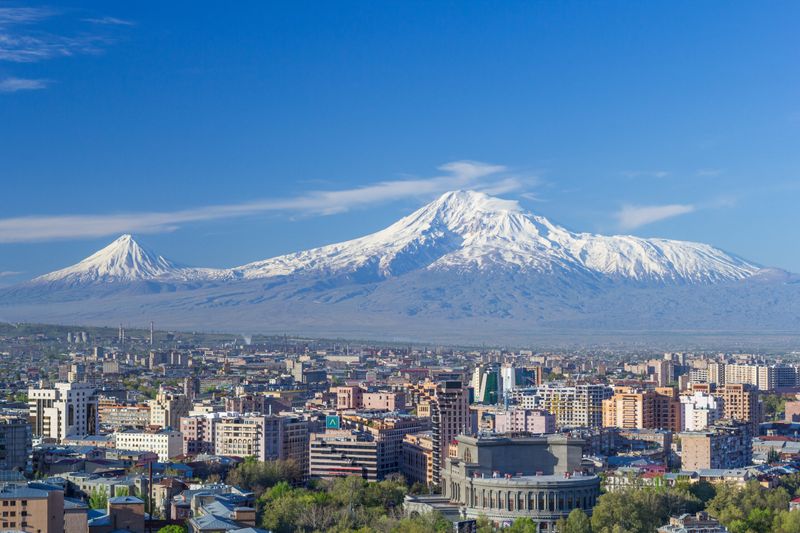
Armenia, known for its ancient history and majestic landscapes, is navigating economic transitions. Yerevan, the capital, embodies both tradition and the drive for modernization.
Challenges such as regional conflicts and limited resources impact economic progress. However, the resilience and creativity of the Armenian people shine through. With a focus on tech innovation and cultural preservation, Armenia is striving to carve a path towards a prosperous future, building on its rich heritage and youthful energy.
Azerbaijan
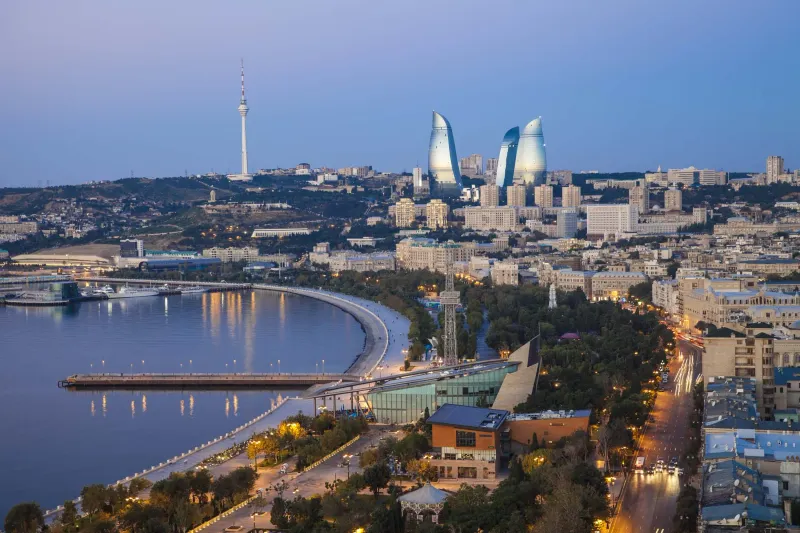
Azerbaijan, where East meets West, is famous for its oil reserves and vibrant culture. Baku, the capital, is a blend of ancient and modern marvels.
Despite its wealth in resources, income inequality and regional disparities challenge its progress. Economic diversification and social reforms are key to addressing these issues. Azerbaijan’s strategic location and rich cultural tapestry offer a unique potential for development and international integration, aiming to balance tradition with modernity.
Belarus
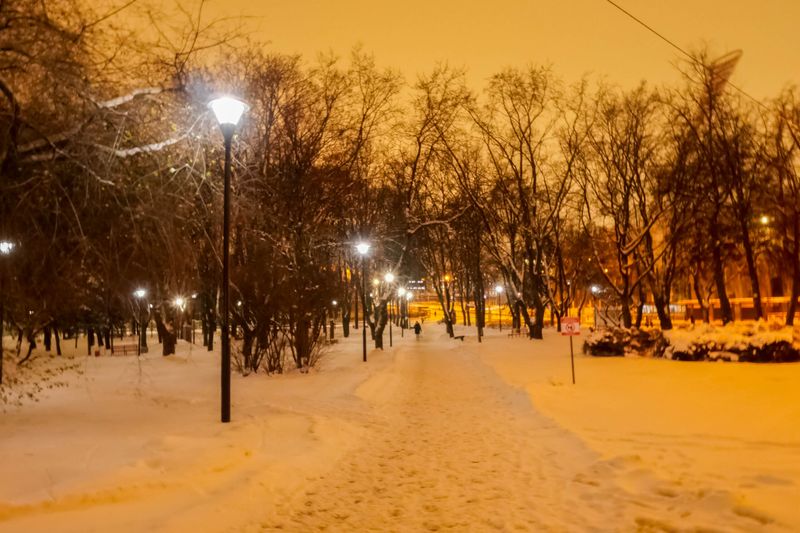
Belarus, often referred to as the last dictatorship in Europe, is grappling with political and economic challenges. Minsk, the capital, reflects its Soviet past amidst efforts for change.
The state-controlled economy faces issues like inflation and limited private sector growth. Despite these hurdles, the resilience of Belarusians is evident as they aspire for reform and modernization. The blend of historical influences and contemporary ambitions in Belarus signifies a nation at a pivotal point in its journey towards progress.
Bulgaria
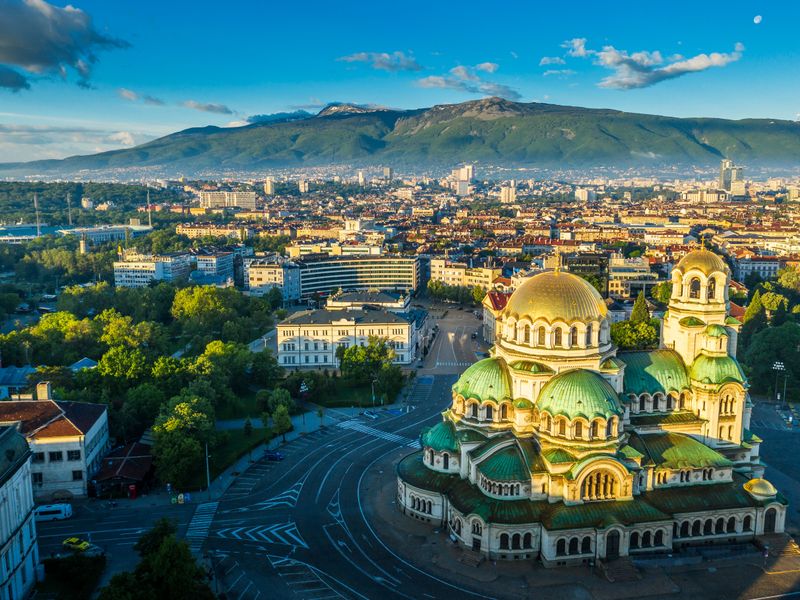
Bulgaria, rich in history and natural beauty, is on a path of economic transformation. Sofia, the vibrant capital, showcases innovation amidst tradition.
Challenges such as poverty and regional disparities persist, but the nation’s focus on education and technology offers promise. With efforts to enhance infrastructure and attract investment, Bulgaria is poised for growth. The harmonious blend of heritage and modernity in Bulgaria highlights its potential to overcome obstacles and thrive in the European landscape.
Romania
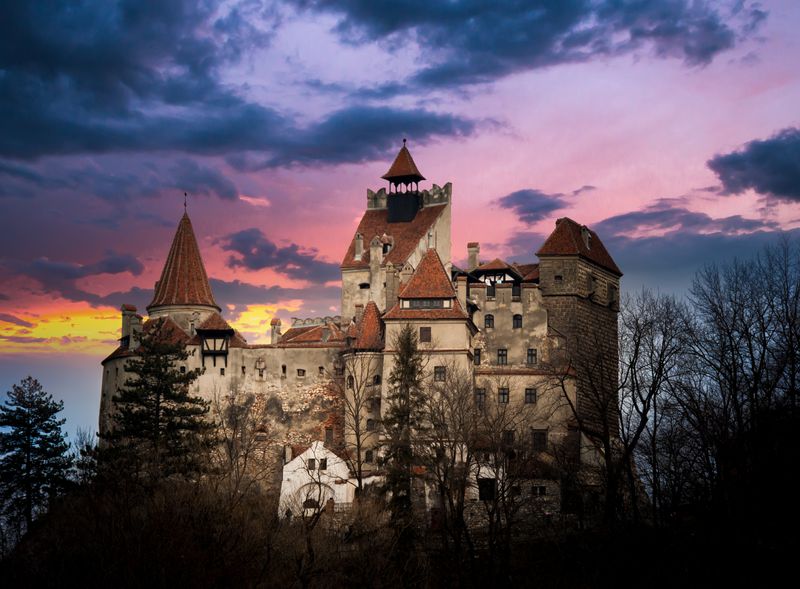
Romania, famous for its medieval castles and the legend of Dracula, is on a journey towards economic stability. Transylvania, with its rich folklore, epitomizes its cultural allure.
While challenges like corruption and rural poverty persist, Romania’s strategic position and resource-rich lands offer a foundation for growth. The nation’s commitment to innovation and integration with Europe reflects its aspirations for prosperity and modernization, striving to balance tradition with progress.
Latvia
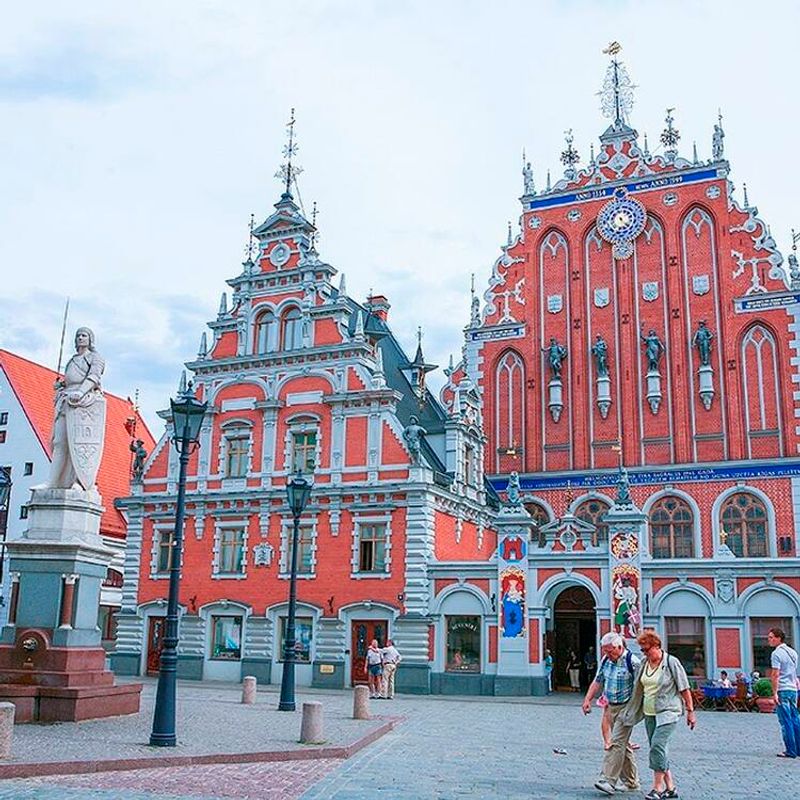
Latvia, nestled in the Baltic region, is a blend of rich history and modern aspirations. Riga, the capital, is famous for its stunning Art Nouveau architecture.
Economic challenges like population decline and regional disparities persist, but Latvia’s focus on technology and education provides a pathway to growth. The youthful spirit and resilience of its people shine through as Latvia navigates its path towards sustainable development, aiming to harmonize its rich cultural heritage with contemporary progress.

